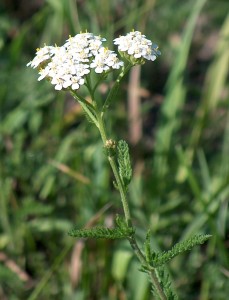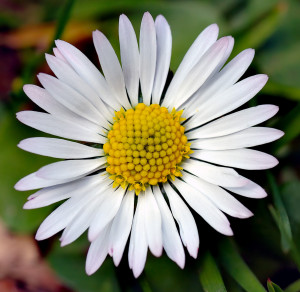Being able to properly identify different plants is important in improving your gardening knowledge. This week, we’re going to look at different types of flower formations and how they are classified.
Flowers can be broadly arranged into four different categories:
- Raceme (ex. Lily of the Valley)
- Corymb (ex. Achilea)
- Umbel (ex. Dill)
- Capitulum (ex. Chrysanthemum)
Raceme flowers are arranged singly along an elongated un-branched axis. They can include Lily of the Valley, Snapdragons and Foxglove.

Corymb flowers are usually flat topped and clustered with the stalks growing from various points of the main stem. Examples include Achillea.

Umbel flowers arise from around the same point to form a flat or rounded flower cluster. Plants in the carrot family, as well as herbs like dill have umbel flowers.

Capitulum flowers appear in the form of a disc of sessile flowers, with the youngest at the centre. Examples include Daisy and Chrysanthemum.

Cover Image by Joseph Francis, used under its Creative Commons license.
[Got a Tip?] If you have a tip to share with your fellow urban farmers, let us know at tips@youngurbanfarmers.com. Want More Tips? Browse our Tips Archive for more.





